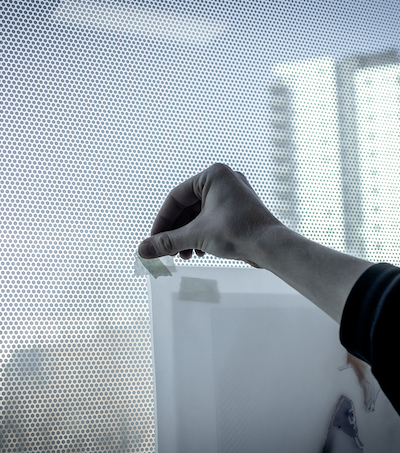 https://aarch.dk/wp-content/uploads/2022/03/arch4change-400x453-1.png
453
400
Niels Rysz
https://s3-eu-central-1.amazonaws.com/aarchdk/wp-content/uploads/2019/02/03164631/aarch-logo-dark.svg
Niels Rysz2022-03-09 14:11:062023-11-16 09:40:11ARCH4CHANGE: A new ressource for learning and teaching sustainable architecture
https://aarch.dk/wp-content/uploads/2022/03/arch4change-400x453-1.png
453
400
Niels Rysz
https://s3-eu-central-1.amazonaws.com/aarchdk/wp-content/uploads/2019/02/03164631/aarch-logo-dark.svg
Niels Rysz2022-03-09 14:11:062023-11-16 09:40:11ARCH4CHANGE: A new ressource for learning and teaching sustainable architecture15.08.2025
THE INTELLECTUAL HISTORIAN LARS MORELL IS MODESTY AND EXTRAVAGANCE, SOBER DILIGENCE AND WILD PERFORMANCE ALL AT ONCE.
Lars Morell paces restlessly back and forth in the Didakteket at the Aarhus School of Architecture. He is dressed in a jacket, leather shoes, and a flat cap. He is lecturing.
That is to say: He does not point to the big screen behind him. He does not stand at the lectern consulting his notes. He speaks, and he walks. His gait leans slightly forward, as if he is constantly leaning into the next sentence, the next step.
The material is where it should be: In his head. The 68-year-old external lecturer has little use for digital tools, either professionally or privately. He owns neither a phone, a radio, nor a television. The computer, however, is a necessity at the workplace for writing books and communicating with colleagues and collaborators.
Showman
Years of lecturing and a deep command of the material have given him the ability to deliver his talks with complete fluency. One senses, too, an element of showmanship in it. The lecture on The Black Tent has just opened with a small performance: a textile piece by social artist Beatriz Gonzalez and two assistants, who move through the Didakteket carrying a black sail and a tent pole as prelude. Tableau.
The never-still lecturing style mirrors Lars Morell’s working life.
He has never held a permanent position, but for 16 years up to the turn of the millennium he was employed as a part-time lecturer at Aarhus University. Since then, he has lived primarily as an author and speaker, which has demanded a fair measure of restraint.
Perhaps his current role as external lecturer at the Aarhus School of Architecture is, in truth, the closest the intellectual historian and writer has ever come to steady employment. In any case, he is a fixture: Arriving between three and four in the morning, seven days a week. Drop by on Christmas Eve or New Year’s Eve, and you will find him there as well.
Each day he leaves at 4:30 p.m. He must be at Café Go’ Kaffe on Ingerslevs Boulevard by 4:55. He helps close up, and in return he takes home the leftover bread.
Narayana and Versace
The strict self-discipline, the diligence, and the solitary lifestyle call to mind a monk’s existence. Fittingly enough, Lars Morell has his books printed at Narayana Press in Gylling, run by Hindu monks. The photographs for this article were taken there, and for the occasion the gentleman donned a garment of his own invention: a fusion of monk’s robe and hoodie, which he designed himself and later had sewn by his regular tailor. On his feet: leather shoes from the luxury Italian label Versace, crowned with the silver Medusa head that is the brand’s emblem.
In other words: a singular amalgam of industry and simplicity (the robe), grit and street culture (the hoodie), and elegance and extravagance (the shoes). All elements that one also finds woven into Lars Morell’s character and way of life.
“The monks and I live in the same way. It was, after all, in the monasteries of the Middle Ages that people sat and handwrote and copied books. The book was invented in the monastery—at least the handwritten one. I also hold a special status at Narayana Press—because I am allowed to come on Sundays. There are only a very few of us who may.
From Aalborg to Aarhus
When it comes to his own story, however, he does not look back. There is no sentimentality about the land of his childhood—Aalborg in the 1960s and early ’70s. He was born in 1956 and lived with his father and mother in an apartment on Strynøgade for the first five years. Then the family moved into a newly built single-family house on the plot where their allotment cottage had once stood. His father was a slaughterhouse worker, later employed as an inspector in health control, while his mother worked as a secretary in a school library.
Lars Morell graduated from Aalborg Cathedral School in 1975. But he especially highlights the year 1972, when the Aalborg Museum of Contemporary Art opened its doors for the first time. For the sixteen-year-old boy, it was a formative event. A few years later, he saw a poster advertising an event with the artist Jørgen Nash in Lund. Morell went there and soon became something of a secretary to Nash. In that role he met several of the era’s prominent artists and was a regular presence in Ekstra Bladet, as Nash was deeply engaged with the media. In 1979, Morell pulled up stakes and began studying the history of ideas in Aarhus.
Aarhus as Horizon
The city has always been, for him, a love–hate affair. By his own account, he was somewhat at odds with it—especially in the beginning. But he reconciled himself to the fact that it now constituted his horizon. And gradually, curiosity took over.
“When I walk the streets and see things disappear and something else emerge, I think: Who lived here? Which painter lived here, and which sculptor there?”
From an ongoing dialogue with photographer Poul Pedersen about art and cultural history, he learned, for instance, the locations of the old photography studios in Aarhus and can point them out on the city’s upper floors, where they were most often placed for the sake of light.
Resident Expert on Tents
He himself lives in Frederiksbjerg, in an apartment that has been his fixed point of reference since 1979. Yet, paradoxically, at the Aarhus School of Architecture he lectures on the very opposite: the ancient dwelling of nomadic life par excellence—the tent. He has committed himself to delivering 14 lectures on the architectural history of the tent. His fascination with the subject arose through his friendship with the artist Per Kirkeby.
“Per had a thing about tents. He had traveled in North Africa with the black tent, in southern Russia with the yurt, and of course in Greenland with the expedition tent. I keep a kind of shoebox system. So every time I came across something about tents, into the box it went. And then twenty years passed. And then the box was full. And that’s when I started on tents.”
Tent Types
If you ask Lars Morell to list the different types of tents, he will offer the following: the lean-to, the dome tent, the ridge tent, the conical tent (tipi), the black tent (the Bedouin tent), the frame tent, the parasol tent, the pavilion tent, the tunnel tent, and the circus tent (a variant of the pole tent). For climbing Mount Everest, he recommends the geodesic tent, a variation of the dome.
MÅSKE ER DU OGSÅ INTERESSERET I DETTE



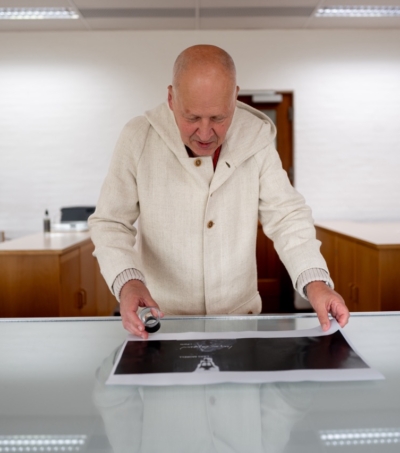
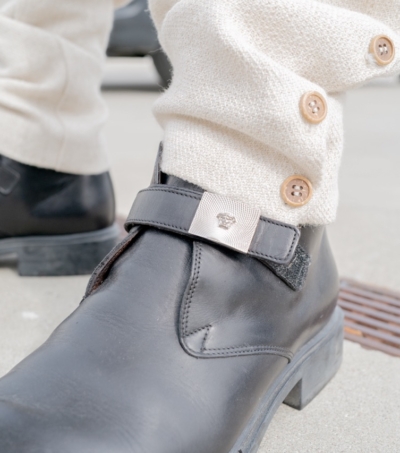



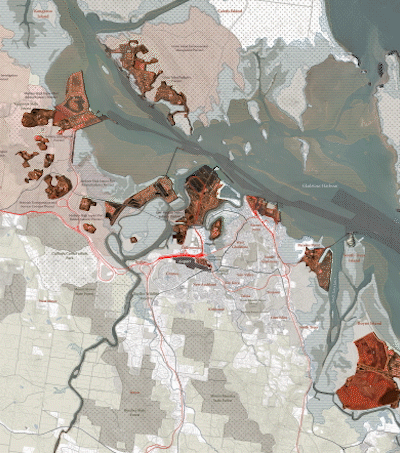
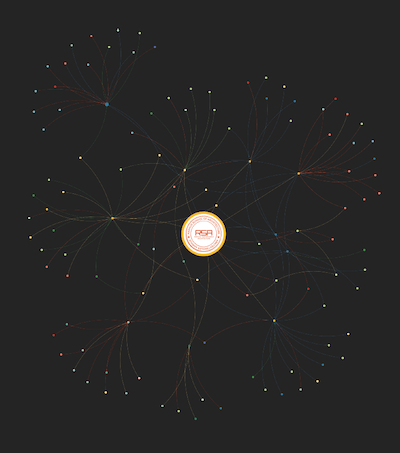 Radical Sustainable Architecture
Radical Sustainable Architecture
